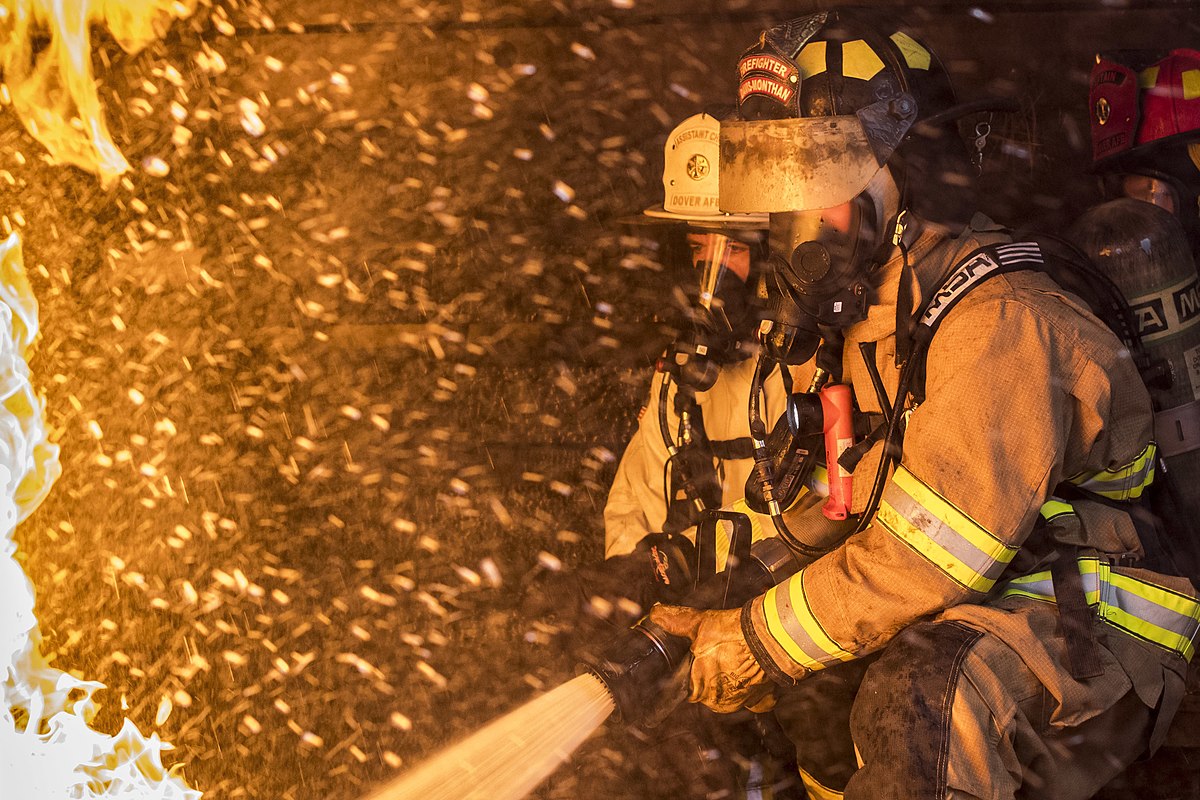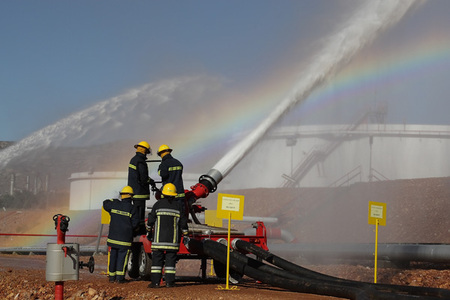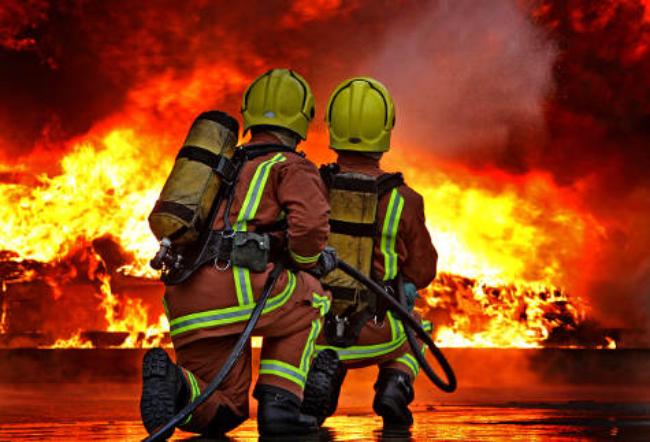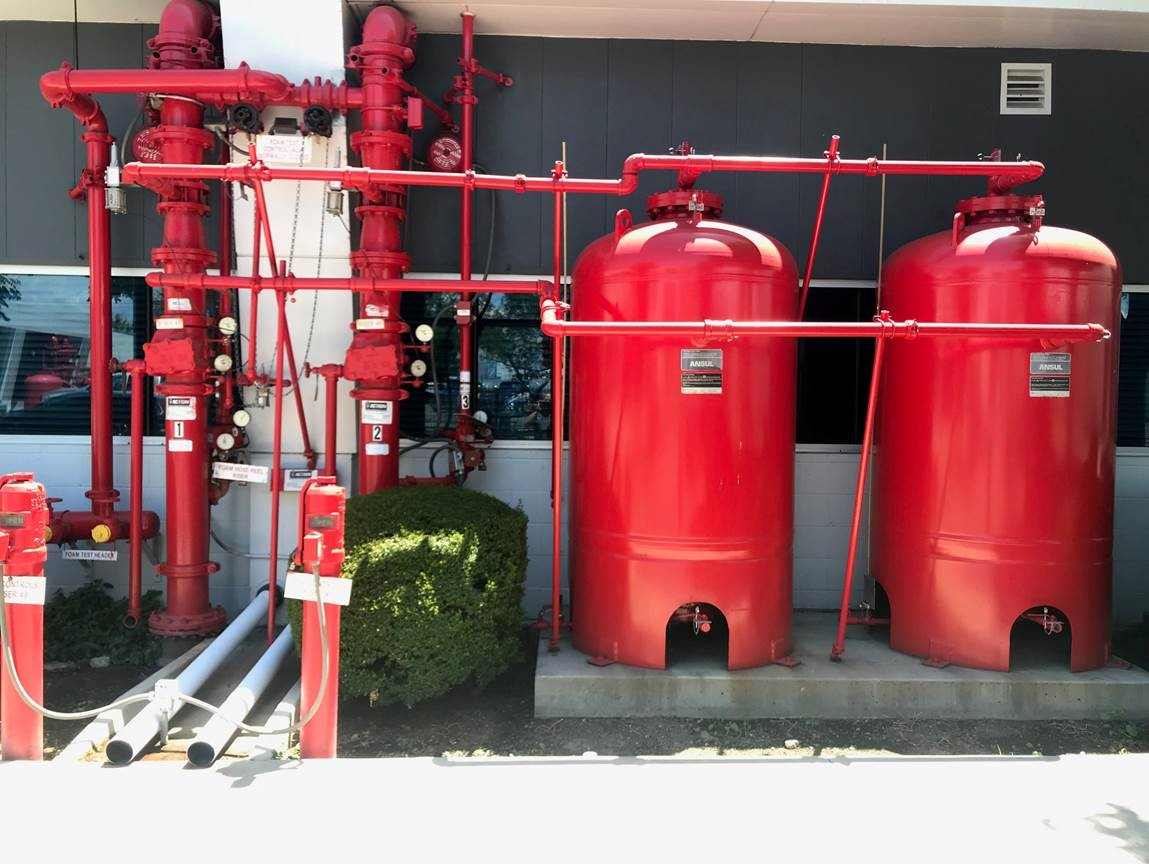

The course objectives of fire rescue missions training typically aim to equip firefighters with the knowledge and skills necessary to safely and effectively respond to fire incidents, including identifying hazards, performing search and rescue operations, controlling fire spread, utilizing appropriate firefighting tactics, and managing incident scenes, all while prioritizing the safety of both civilians and fellow firefighters.
Key components of fire rescue missions training objectives include:
Understanding fire behavior:
Recognizing the factors influencing fire spread, including fuel, oxygen, heat, and how to manage fire dynamics in different environments.
Incident scene management:
Establishing command, performing a size-up to assess hazards and potential risks, developing a strategy and tactics, and coordinating with other emergency responders.
Search and rescue operations:
Techniques for safely locating and removing victims from a burning structure, including proper use of search and rescue equipment.
Fire suppression tactics:
Applying appropriate firefighting techniques based on the type of structure, fire location, and available resources, including hose line management, ventilation strategies, and water application methods.
Hazardous materials awareness:
Recognizing potential hazardous materials on scene, understanding their properties, and taking necessary precautions to mitigate risks.
Personal protective equipment (PPE) usage:
Proper selection, inspection, and wear of PPE to ensure firefighter safety during operations.
Emergency medical response:
Basic life support skills to provide initial medical care to victims until advanced medical personnel arrive.
Communication skills:
Effective communication with dispatchers, other firefighters, and incident commanders to maintain situational awareness and coordinate actions.
Safety procedures:
Understanding and adhering to safety protocols including fireground accountability, crew integrity, and procedures for emergency egress.
Firefighters
Rescue Personnel
Fire Department Officers and Commanders
Industrial Fire Response Teams
This interactive Training will be highly interactive, with opportunities to advance your opinions and ideas and will include;
DAY ONE
Introduction
DAY TWO
Basic principles of rescue procedures
DAY THREE
Basic principles of rescue procedures (cont.)
DAY FOUR
Confined space rescue
DAY FIVE
First Aid
CDGA attendance certificate will be issued to all attendees completing minimum of 80% of the total course duration
| Code | Date | Venue | Fees | Register |
|---|---|---|---|---|
| HSE168-06 | 21-12-2025 | Dubai | USD 5450 | |
| HSE168-01 | 25-01-2026 | Cairo | USD 5450 | |
| HSE168-02 | 26-04-2026 | Amman | USD 5450 | |
| HSE168-03 | 20-09-2026 | Dubai | USD 5450 | |
| HSE168-04 | 14-12-2026 | Kuala-Lumpur | USD 5950 |

The course will introduce the key principles of safety, security and fire management, prevention and control at a primary management level.

The course will introduce the key principles of safety, security and fire management, prevention and control at a primary management level and make delegates aware of and understand the vast range of ...

The history of fire accidents in industrial plants is full of total loss disasters that sometimes put the whole business to a dramatic end. The increased impact of fire accident on people and prosperi ...

This course is designed to provide essential knowledge and skills for basic firefighting at the workplace. Participants will learn how to respond effectively to fire emergencies, use firefighting equi ...
Providing services with a high quality that are satisfying the requirements
Appling the specifications and legalizations to ensure the quality of service.
Best utilization of resources for continually improving the business activities.
CDGA keen to selects highly technical instructors based on professional field experience
Since CDGA was established, it considered a training partner for world class oil & gas institution
3012, Block 3, 30 Euro Business Park, Little Island, Co. Cork, T45 V220, Ireland
Mon to Fri 09:00 AM to 06:00 PM
Contact Us anytime!
Request Info